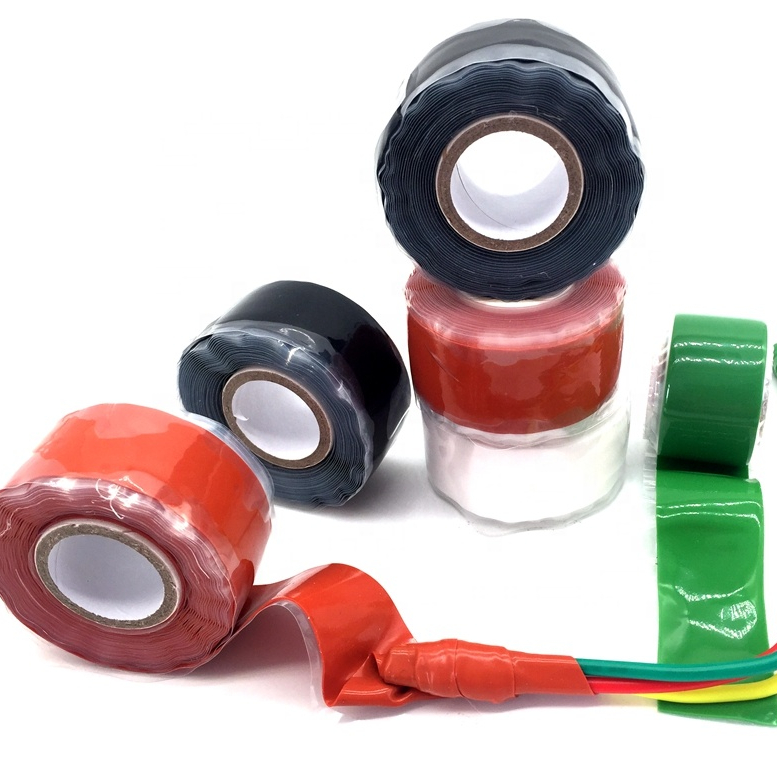Understanding Heat Tape A Comprehensive Guide to Electric Heat Tape
Heat tape, also known as heat cable or heat trace, is an electric heating element designed to provide temperature maintenance and freeze protection to various types of piping systems. This versatile product is particularly beneficial in regions with extreme winter conditions where plumbing can freeze and break, potentially leading to costly repairs and extensive damage. In this article, we will explore the concept of heat tape, how it works, its applications, benefits, and considerations when using it.
What is Heat Tape?
Heat tape is a long, flexible strip often made of conductive materials that generate heat when electricity flows through it. It typically consists of a heating element embedded in a weather-resistant outer jacket. This design allows the tape to be wrapped around pipes, gutters, roofs, and other surfaces needing temperature regulation.
Heat tape can be categorized into two main types self-regulating and constant wattage. Self-regulating heat tape adjusts its heat output based on the surrounding temperature, increasing the output as the temperature drops. In contrast, constant wattage heat tape maintains a consistent power output regardless of temperature fluctuations. Each type has its specific applications and advantages.
How Does Heat Tape Work?
The functionality of heat tape revolves around its ability to produce heat. When plugged into an electrical outlet, the internal heating element warms up. This heat is then conducted to the surface of the pipe or area it covers, ensuring that the temperature does not drop below a certain threshold. In the case of self-regulating tape, for example, it will generate less heat as the environment warms up, preventing overheating and damage.
To install heat tape effectively, it is essential to follow manufacturer instructions closely. Typically, the tape is wrapped around the areas that are most susceptible to freezing, such as exposed pipes in unheated buildings, attics, or crawlspaces. Some installations might also incorporate a thermostat to optimize heat management based on real-time temperature readings.
Applications of Heat Tape
heat tape electric

Heat tape is widely used in both residential and commercial applications. Common uses include
1. Pipe Freeze Protection Safeguards water pipes from freezing during harsh winter conditions. 2. Roof and Gutter De-icing Prevents ice dams and water accumulation in gutters which can lead to structural damage. 3. Agricultural Uses Protects outdoor pumps and livestock watering systems from freezing. 4. Safety in Chemical Processing Maintains the temperature of fluids in processes requiring specific thermal conditions.
Benefits of Using Heat Tape
The installation of heat tape offers several advantages
- Prevention of Freeze Damage By maintaining a consistent temperature, heat tape significantly reduces the risk of pipes bursting. - Cost-Effectiveness While there is an initial investment, heat tape can save homeowners considerable repair costs and prevent the inconvenience associated with frozen plumbing. - Energy Efficiency Self-regulating heat tape only uses energy as needed, making it a more eco-friendly heating solution.
Considerations and Safety Tips
While heat tape is largely regarded as a safe and effective solution, it’s crucial to observe safety guidelines. Improper installation can lead to overheating and even fire hazards. Always ensure that the tape is compliant with local building codes. Additionally, regular inspections will help maintain optimal safety and efficiency.
In conclusion, electric heat tape is an effective solution for preventing freeze damage in various applications. By understanding its functionalities and benefits, users can make informed decisions on installation and maintenance, ensuring their homes and businesses remain safe and functional throughout the winter months.
-
XIANGFAN Rubber Tape-Ultimate Solutions for All Your Insulation NeedsNewsJun.24,2025
-
XIANGFAN Rubber Tape-Protection for Industrial and Residential ApplicationsNewsJun.24,2025
-
XIANGFAN Rubber Tape: Superior Safety and Sealing for Demanding EnvironmentsNewsJun.24,2025
-
XIANGFAN Rubber Tape: Reliable Solutions for Every Electrical ChallengeNewsJun.24,2025
-
XIANGFAN Electrical & Industrial Tape: Powering Reliability Across IndustriesNewsJun.24,2025
-
XIANGFAN Electrical & Industrial Tape: Excellence in Every ApplicationNewsJun.24,2025
